Our most recommended books
-

A Fortunate Man: The Story of a Country Doctor
by Jean Mohr & John Berger -

Stasiland: Stories from Behind the Berlin Wall
by Anna Funder -

Ship of Gold in the Deep Blue Sea
by Gary Kinder -

Essays of E.B. White
by E.B. White -

The Afternoon of Mr. Andesmas
by Marguerite Duras -

Letters to a Young Painter
by Rainer Maria Rilke
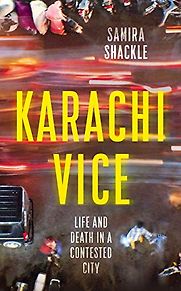
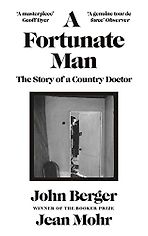
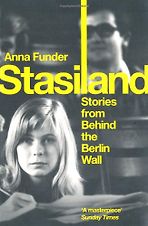
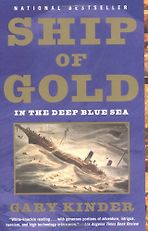
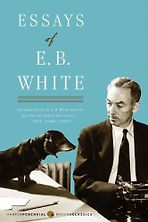
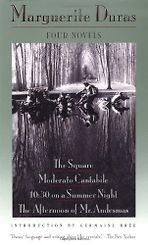
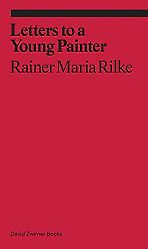
The book, according to the author